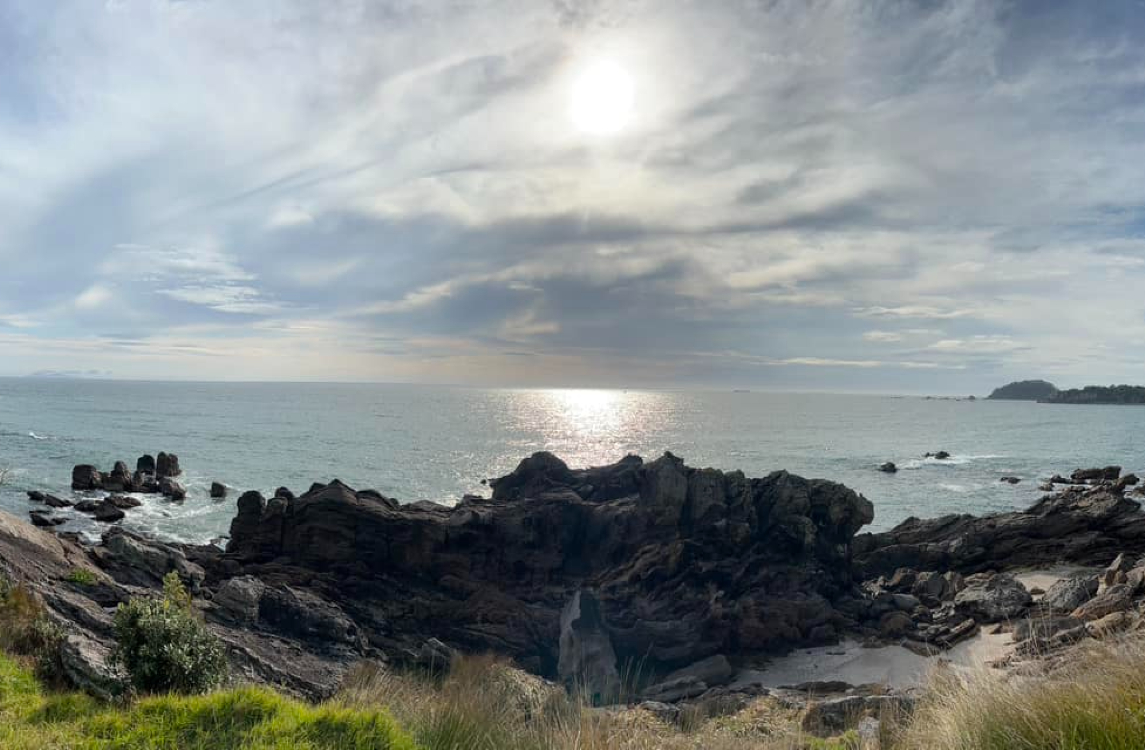New Zealand is a stunning country that boasts diverse landscapes, rich cultures, and a wide range of activities. Although relatively small in size, the nation is divided into two main islands—the North Island and the South Island. While they are geographically close, the differences between them are striking. From their landscapes and climates to their cultures and lifestyles, the South Island and North Island offer unique experiences for those who visit or call them home. Here’s a look at what sets them apart.
1. Landscape and Natural Beauty
The South Island is renowned for its dramatic landscapes, ranging from towering mountains to lush forests and serene lakes. It is home to the Southern Alps, the spine of the island, and the breathtaking Fiordland National Park, where you can explore famous fjords like Milford Sound. The South Island also boasts pristine beaches, such as those found in Abel Tasman National Park, and vast regions of wilderness that make it a paradise for nature lovers and outdoor adventurers.
In contrast, the North Island features a more varied landscape, with active volcanic regions, geothermal hot springs, and expansive beaches. The central plateau of the North Island is home to iconic volcanoes such as Mount Ruapehu and Mount Ngauruhoe, while the Bay of Islands offers an idyllic coastal experience. Additionally, the North Island’s landscapes are generally more temperate, with subtropical forests in the far north and rolling hills in the Waikato region.
2. Climate and Weather
The climate on the two islands is also noticeably different. The South Island experiences a more temperate climate, with colder winters and cooler summers in the southern and alpine areas. The weather can be more unpredictable in the South, with strong winds and frequent rain in the west, especially in places like the West Coast. In contrast, the North Island has a generally milder, subtropical climate. Summers are warm and humid, while winters tend to be much milder, particularly in cities like Auckland and Wellington. The north of the North Island, in particular, can feel quite tropical, with lush, verdant forests and warm coastal waters.
3. Population and Cities
The North Island is more populous and urbanized than the South Island. It is home to New Zealand’s largest city, Auckland, which serves as the economic and cultural hub of the country. Auckland is a bustling metropolis with a diverse population, and it’s known for its harbors, beaches, and thriving arts scene. Wellington, the capital of New Zealand, is also located on the North Island. As the political center of the country, Wellington offers a rich cultural experience with museums, galleries, and a lively cafe culture.
On the other hand, the South Island is much more sparsely populated, with the city of Christchurch being the largest urban center. Christchurch is often referred to as the “Garden City” because of its extensive parks and botanical gardens. However, despite being the largest city in the South Island, it is much smaller in comparison to Auckland or Wellington. The South Island is often seen as more relaxed and laid-back, with a focus on outdoor activities rather than the bustling urban environment found in the North.
4. Culture and Lifestyle
In terms of culture, both islands share a strong indigenous Māori influence, but the North Island tends to have a more vibrant Māori presence. This is due in part to the historical and cultural significance of the North Island for the Māori people, particularly in areas like the Waikato region and the Bay of Plenty. Traditional Māori art, language, and practices are deeply rooted in the North Island’s communities, and visitors can experience this rich cultural heritage in towns like Rotorua, where you can visit geothermal sites and witness traditional Māori performances.
The South Island, in contrast, has a more European-influenced culture. The early European settlers made their homes primarily in the South, and this is reflected in the architecture, food, and overall lifestyle. The South Island’s culture is more focused on outdoor living, with a strong emphasis on adventure tourism, such as skiing in Queenstown, hiking, and bungee jumping. The island’s small towns and rural areas offer a slower pace of life, which contrasts with the faster pace often found in the North.
5. Outdoor Activities
Both islands are famous for their outdoor activities, but the nature of the activities differs depending on the island’s landscapes.
-
The South Island is the place to go for more rugged adventure activities. It’s known for the adrenaline-pumping options available in Queenstown, including bungee jumping, jet boating, and skydiving. The island’s mountains and fjords also offer some of the best hiking opportunities in the world, such as the Routeburn Track, the Milford Track, and the Abel Tasman Coastal Track. Additionally, the South Island is a popular destination for skiing and snowboarding in the winter, particularly around the resort areas of Wanaka and Queenstown.
-
The North Island, while offering some of the same adventure options, is better known for its geothermal wonders, such as the geysers and hot springs in Rotorua and Taupo. Surfing is also a major draw, with beaches on the North Island’s west coast offering world-class waves. The North Island also has a stronger focus on Māori cultural experiences, offering visitors the chance to explore historic villages, participate in traditional ceremonies, and learn about the indigenous culture.
6. Wildlife
Both islands have abundant wildlife, but the type of creatures you encounter can vary. The South Island is home to unique species such as the yellow-eyed penguin, the kiwi (New Zealand’s iconic bird), and the dusky dolphin. The island’s remote regions also offer opportunities to spot sea lions, albatrosses, and various types of whales.
The North Island is also rich in wildlife, but its forests and coastal regions are particularly known for birdwatching, with species like the North Island Kaka, the Takahe, and the Kea being commonly spotted. In addition, the North Island is home to the famous Kapiti Island Nature Reserve, where endangered species are protected and can be observed in their natural habitats.
Conclusion
Both the South Island and the North Island of New Zealand offer incredible experiences, but they do so in very different ways. Whether you’re drawn to the rugged, adventure-packed landscapes of the South Island or the vibrant culture and geothermal wonders of the North Island, there’s something special about each. The choice of which island to visit—or which to call home—depends on what kind of experience you’re looking for. Whichever you choose, New Zealand’s two islands are sure to leave you in awe of their beauty and diversity.
Let us take you on an unforgettable journey through New Zealand! Not only has Stacey lived and worked there, she is also a permanent resident! She knows the ins and outs of the country—from hidden culinary gems to must-see destinations. With her firsthand experience, she can guide you to the best spots for authentic food, Amazing wines and breathtaking landscapes. Book your trip with us, and let’s craft a personalized New Zealand adventure that’s packed with insider knowledge and local flavor. Your dream New Zealand getaway awaits!



